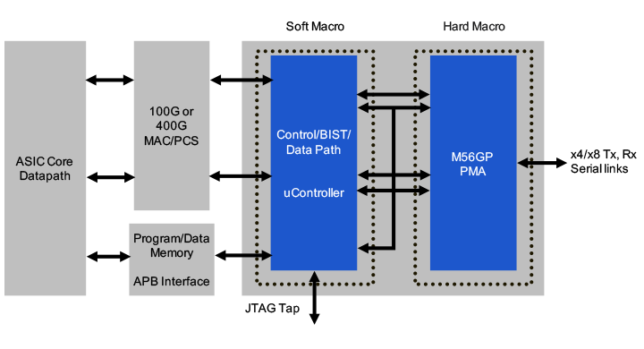TORONTO — Following on the heels of a major specification update and its eighth annual plug fest, NVM Express is poised to have a busy year as it continues to develop the base NVMe specification while expanding the NVMe Management Interface (NVMe-MI) specification and one for accessing SSDs on a PCIe bus over fabrics.
In June, the NVMe specification got its first major update in nearly three years, putting it on the cusp of becoming the defacto standard for SSD interfaces. Version 1.3 added a significant number of new features, something that hasn’t been done since November 2014, encompassing 24 technical proposals spread across three major buckets that address client, enterprise and cloud features. Most significant was improved support for virtualization so developers can more flexibly assign SSD resources to specific virtual machines, thereby addressing latency.
Meanwhile, the eighth NVMe Plugfest at the University of New Hampshire Interoperability Laboratory last fall offered the first official NVMe Over Fabrics (NVMe-oF) compliance and interoperability transport layer testing for RoCE, Remote Direct Memory Access (RDMA) over Converged Ethernet, and the Fibre Channel. UNH-IOL fills the role of independent testing provider of standards conformance solutions and multi-vendor interoperability, and the latest plugfest generated 14 new certified products for the base NVMe integrators list and one for the NVMe-MI integrators list. Eight inaugural products were also approved for the newly launched NVMe-oF integrators list, which accepts RoCE initiators and targets, Ethernet switches, as well as Fibre Channel initiator, targets and switches and software.





